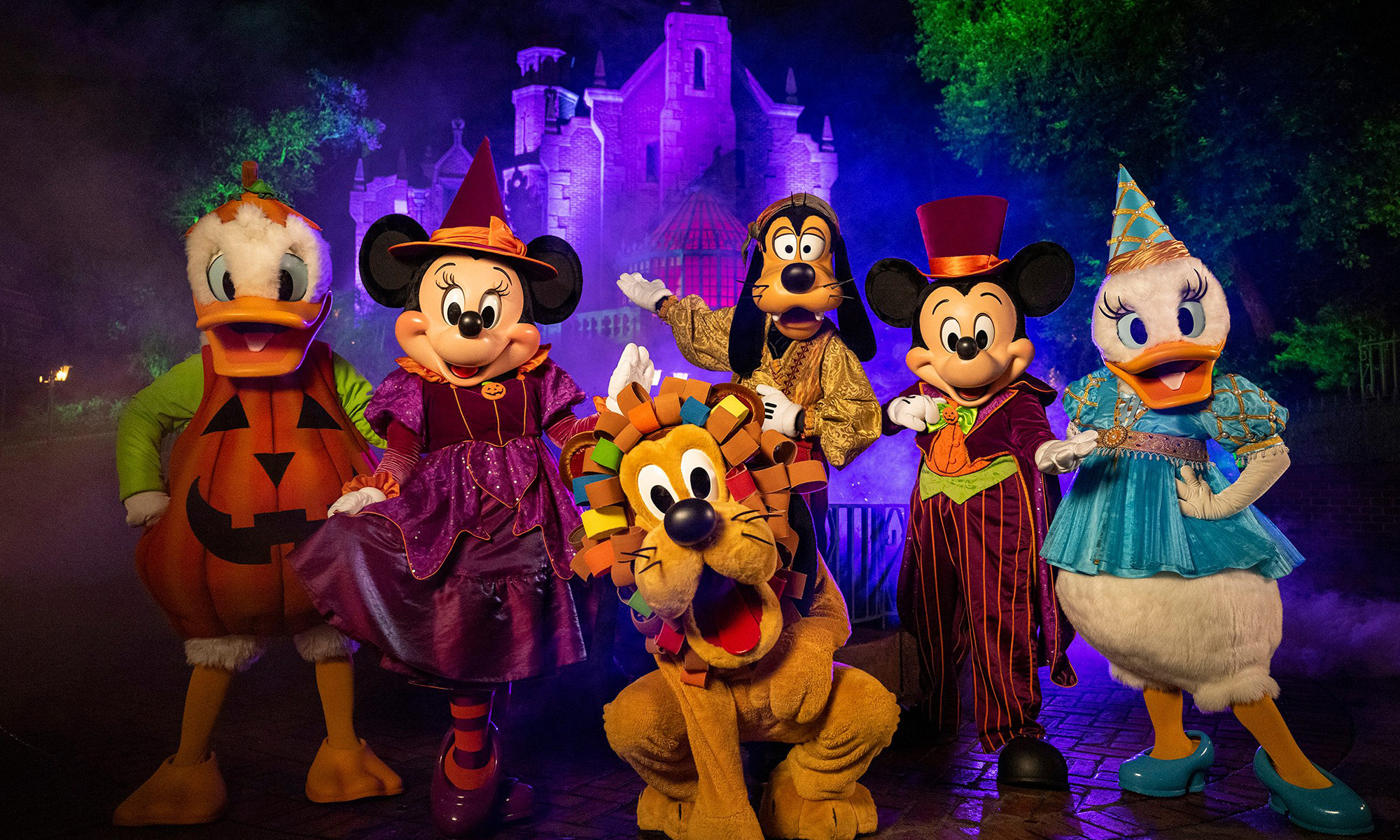
Dole wants to use Disney to get more kids to try its products. Image source: Dole.
The Walt Disney (DIS 0.80%) brand has been used to sell everything from bedding and clothing to makeup and food.
The brand has been slapped on almost everything you can possibly imagine, with its various princesses, animated icons, superheroes, and Star Wars characters all being used to sell. When Star Wars: The Force Awakens opened, its characters appeared on soup, cereal, coffee creamer, flavored water, chicken nuggets, multivitamin gummies, and who knows what else.
So if R2-D2 and C-3PO can be used to market Campbell's Soup and Boba Fett, Darth Vader, and Chewbacca can shill Coffee-mate Creamer, then maybe there's nothing Disney characters can't sell. Disney and Dole Food are hoping that's the case, as they've teamed up to market fruit and vegetables.
What is Disney doing?
Disney has partnered with Dole Food Company to create a line of fresh produce featuring Disney, Pixar, Star Wars, and Marvel characters at grocery and retail stores nationwide beginning this fall. The partnership won't just involve putting Elsa's picture on an orange or slapping Yoda's wizened mug on some broccoli. The companies also plan to launch a number of health and nutrition education programs themed around various characters in 2017.
"Disney and Dole have a shared mission of providing high quality produce to help families lead healthier lives," said Disney Licensing Executive VP Josh Silverman in a press release. "As an industry leader in licensed food, we are excited to pair our unrivaled portfolio of brands, characters and stories with Dole's fresh fruits and vegetables to support parents as they encourage their kids to make healthier food choices."
The programs created by the two companies will include digital interactions, in-store activities, and themed recipes. All of this will be done to "encourage kids and families to adopt a diet rich in fresh fruits and vegetables," according to the companies.
"It's rare that two iconic brands with as much passion and potential for improving the way America and the world eats can come together to make positive change," said Dole Communications Director Bil Goldfield in the press release. "Together, we can do even more to deliver fun, educational and nutritional information around the power of produce to individuals and families across North America."
Will this work?
Disney has actually been fairly aggressive in pushing kids and families to make healthier choices. In 2006, it established a Nutrition Guideline Policy to associate its brands and characters with a more nutritious portfolio of foods and beverages. That included turning down certain ads for less healthy foods during its children's programs and launching the Mickey Check, "a quick and easy way for families to identify healthier food and beverage options in stores, on-air, on-line, at Disney theme parks and resorts, and other places where Disney products are sold."
And while it might seem silly to think that slapping Disney characters on fruits and vegetables will work, there is logic behind the idea. A study involving "Super Sprowtz," a program using puppets and short videos featuring vegetable characters voiced by famous people, has been successful at getting kids to eat more veggies, according to an NPR story.
David Just, a behavioral economist at Cornell University, led a study in a number of schools using the Super Sprowtz characters near the salad bar in the cafeteria. The results showed that the use of the characters -- ones that kids had no familiarity with -- did increase vegetable consumption, NPR reported.
Interestingly enough, the videos alone (with no banner showing the veggie characters) had no marked effect in these schools, but it's pretty clear that there's at least reason to believe that Disney and Dole's efforts could work. The two companies are essentially leveraging the credibility of beloved characters and the universal affection for them to get children to try healthier foods.
That's a move that should work and be good for kids while also being good for Disney's and Dole's bottom lines. This is the rare case when a profit motive and the desire to do something good come together nicely.






